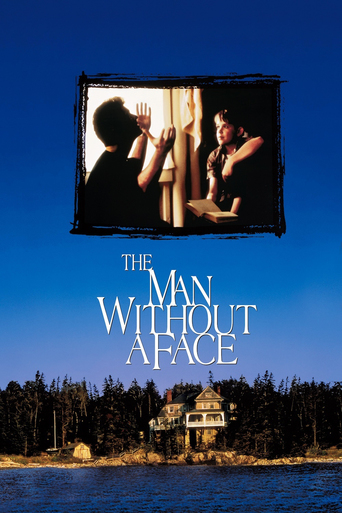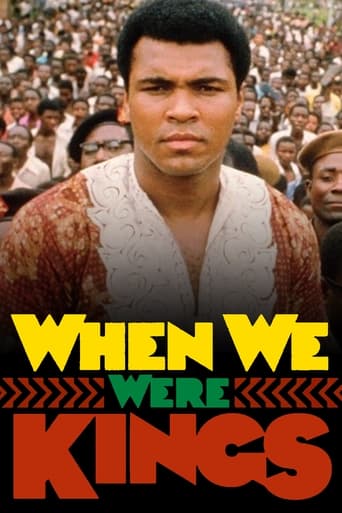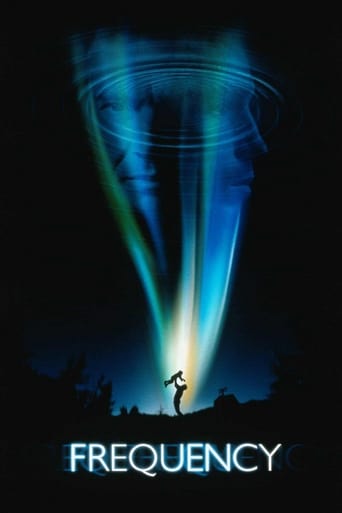

Where the Spirit Lives (1990)
In 1937, a young First Nations (Canadian native) girl named Ashtecome is kidnapped along with several other children from a village as part of a deliberate Canadian policy to force First Nations children to abandon their culture in order to be assimilated into white Canadian/British society. She is taken to a boarding school where she is forced to adopt Western Euro-centric ways and learn English, often under brutal treatment. Only one sympathetic white teacher who is more and more repelled by this bigotry offers her any help from among the staff. That, with her force of will, Ashtecome (forced to take the name Amelia) is determined to hold on to her identity and that of her siblings, who were also abducted.
Watch Trailer
Cast
Similar titles

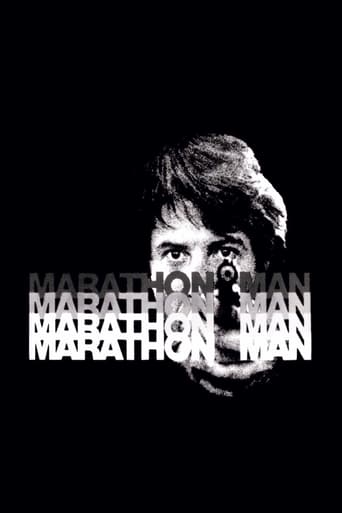
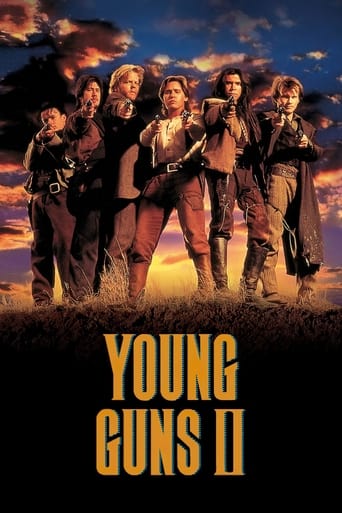
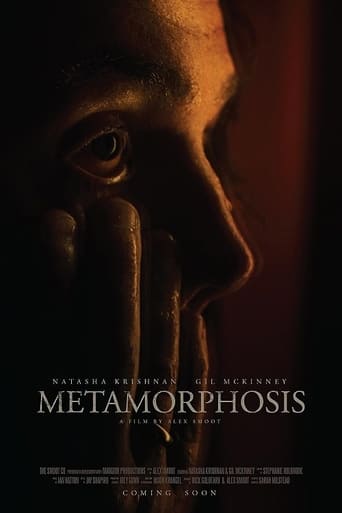
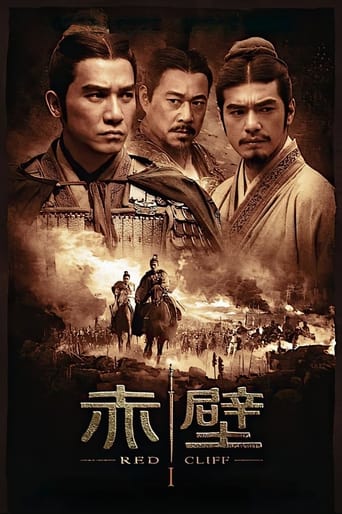
Reviews
Best movie of this year hands down!
Very Cool!!!
Just perfect...
The film's masterful storytelling did its job. The message was clear. No need to overdo.
Movie review: Where the Spirit LivesThe movie, "Where The Spirit Lives" is centered around a young Indian girl whose name Amalia and brother by the name of Abraham, taken from their home and forced into a Christian school to learn English. At first, the two were defiant and unwilling to participate. They were however, fortunate enough to have a fresh teacher with morals and kindness still intact. This did not change for awhile and they tried escaping, but as soon as they learned their parents had gotten sick and past away, they had nothing left, which lead to the acceptance of a new life. Thing's went well and the English language was learned, and the little girl was even going to be adapted by an upscale older woman. Until, they found out their parents were still alive and looking for them, and the church had lied to them. Finally, the time was right and the two left for home with the blessing of their teacher.It's sad to think that the United States was actually ran like this. To force young children into learning English, instead of accepting their own culture and language. Their is plenty of communication that can happen without forcing the whole tribe to convert to the "American way of life." This was a good film that centered on those who were afflicted the most, the children. It depicts the religious attitude and way of thinking through the school where they attended and the faculty that supported the movement. It also gives you a look at the harsh conditions, with the beatings and solitary confinement, the children had to endure. These force full actions did seem to work with some of the children, but there was defiantly a tipping point.I would recommend watching this movie to those who are curious about the harsh realities of our government and how they used to treat people, even indigenous people, who would not conform to the English culture. There is conflict, some drama, and a little bit of action tied into this movie throughout. It's an interesting film that dose not really have any drag. Just a well thought out and entertaining movie.
Where the Spirit Lives is a powerful and emotional movie underpinned with both Canadian and US history, superb acting, and beautiful landscape. The movie, taking place during the 1930s in Nova Scotia, takes a sensitive and moving look at how a dominant culture oppresses and/or destroys other cultures whose behavior is contrary to the dominant culture's norms and values. The movie also demonstrates the courage and tenacity of people as they struggle to hold on to their identity and to their families despite enormous odds. The film demonstrates some stereotypical character development: the pious but misdirected priest, the naive but good-intentioned new teacher, the highly cultured wealthy woman who intends on adopting the protagonist, the ugly, evil, and abusive assistant who sees the students as wicked savages. I use this movie in my English classroom in conjunction with the Social Studies curriculum on Minnesota and native American history. We specifically juxtapose commonalities such as theme with The Diary of Anne Frank and the novel by Minnesota author Jon Hassler, Jemmy, culminating in a compare/contrast essay.
As a non-Catholic and a non-continental Native, this story was completely new to me. The trauma these people endured under the guise of religion was tragic and in no way instilled Christianity, nor did it follow the rules of Christianity. Of course, we hear stories about white children enduring the same sort of mistreatment and abuse.It has been so long since I have seen this movie (my brother recorded it way back then, but I haven't borrowed the tape to see it again) but I do recall it was all wonderfully filmed and how the children spoke friendly to one another, the only other ones they saw that they could relate to.The movie sought to emphasize that not all Anglicans were horrible as the pilot who abducted the children quit after the discovery of the girl who ran away and we did at least have a teacher who realized there were problems when a soft knock came to the door one night.By far, the most enchanting part of this movie was St. Marie's song and music. Definitely captured the culture.Very thought provoking movie.I don't recall if my brother recorded the program that came after it, about the adults now who were subjected to this cruelty. They sported t-shirts that read "I survived Catholic school" and so on.
Canadian cinema has left an indelible mark on films about Aboriginal people and films about life on the Prairies during the Great Depression. In the film "Where the Spirit Lives", these two areas meet. As of this writing, the imdb users have given this film a 9/10 rating and with valid cause. The storyline is strong yet ultimately predictable. The movie's main force comes with the contrast between the utopic world of the Aboriginal life on the reservation/trapline and the much dystopic world of the white man/Catholic residential school. The film begins with the heroine Komi enjoying an innocent, culturally rich,nearly paradisal life outdoors. The viewer is made to recall this opening scene when the antagonist Reverend Buckley(played to menacing perfection by David Hemblen) gives this line which seems to support the Catholic church's theory at the time: "These children come to us from a dead culture; it's like a millstone around their necks; our job is to remove this terrible burden and give them their freedom". Later, Reverend Buckley uses the analogy of knocking the old soil from a plant's roots to help it grow. These ironic lines help him justify taking these, as he calls them, "little brown children of the prairie" from their families and way of life and forcing them to learn the white ways. Another nice poetic touch from the film is when Rachel, a young student who was sexual abused by a FEMALE matron(another nice detour from the cliche)escapes to witness her people's Sun Dance ceremony where she can "Touch the sun and become a star". Rachel's subplot helps to reinforce both that their culture is anything but "Dead" and that life in the whiteman world is not a desirable as the priests and leaders at the school would like to think. Rachel's attempt to retain her culture's Sun Dance ritual is inspired by the heroine Komi's refusal to give up her Indian name, her language, her smudging(smoke and prayer)ritual, her rite of passage to womanhood, and mainly her contact with her family. Another nice ironic/symbolic contrast is the snippet of a hymn the children sing at the school: "All creatures great and small, All things wise and wonderful, the Lord God loves them all". This seems to neatly sum up the sentiment of the fimmakers. Yes, the Lord loves all people; it's too bad some of HIS PEOPLE don't. This is the prototype film on Residential Schools and it has everything a classic film on Aboriginal people should have including music by Buffy Sainte Marie and an appearance by actor Graham Greene.




